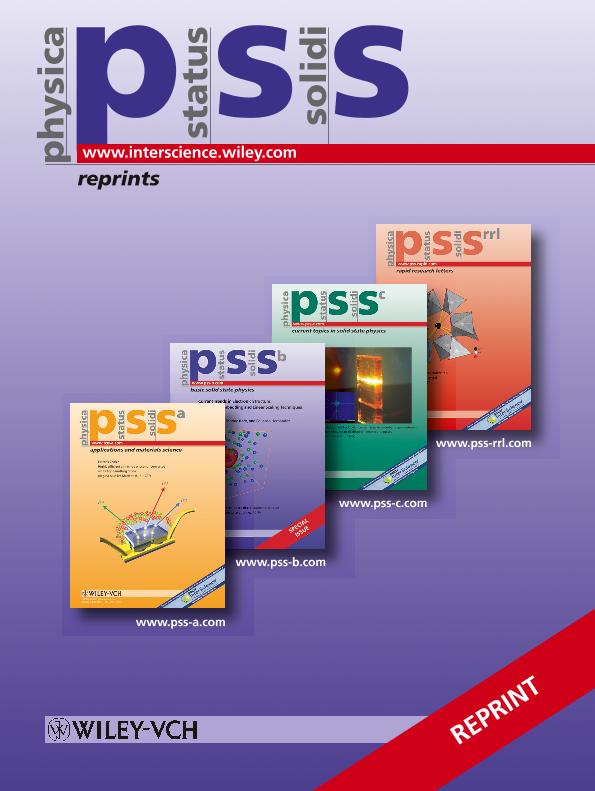Artículo
Hydrogen and carbon interaction in a FeNi alloy with a vacancy
Gonzalez, Estela Andrea ; Jasen, Paula Verónica
; Jasen, Paula Verónica ; Gonzalez, Ruben Gabriel; Moro, Lilián Diana; Juan, Alfredo
; Gonzalez, Ruben Gabriel; Moro, Lilián Diana; Juan, Alfredo
 ; Jasen, Paula Verónica
; Jasen, Paula Verónica ; Gonzalez, Ruben Gabriel; Moro, Lilián Diana; Juan, Alfredo
; Gonzalez, Ruben Gabriel; Moro, Lilián Diana; Juan, Alfredo
Fecha de publicación:
06/2009
Editorial:
Wiley VCH Verlag
Revista:
Physica Status Solidi B-basic Research
ISSN:
0370-1972
Idioma:
Inglés
Tipo de recurso:
Artículo publicado
Clasificación temática:
Resumen
The bonding of hydrogen and carbon to Fe and Ni in a 50:50 alloy is analysed using density functional calculations. The changes in the electronic structure of a L10 alloy upon C and H introduction at a vacancy region are addressed and a comparison with H or C in pure metals is drawn. H in bulk FeNi alloy with a vacancy locates at a tetrahedral site shifted towards the vacancy. Instead, C prefers an octahedral site (Fe based). The vacancy acts as strong traps of both C and H. Fe-Ni atoms are initially more strongly bonded to each other due to the vacancy formation. Consequently, the Fe-Fe, Fe-Ni and Ni-Ni bond strengths are diminished as new metal-C or metal-H bonds are formed. The most affected bond is the Fe-Ni, whose overlap population decreases by 72%. An analysis of the orbital interaction reveals that the Fe-H bonding involves mainly the Fe 4s, H 1s and Ni 4s orbitals. In the case of the sequential absorption, the C-H interaction is almost zero at a distance of 2.72 Å. The main interactions of these interstitials are developed with either Fe or Ni. We also consider the absorption sequence (H first or C first) and its influence on the electronic structure. Our results could be relevant to understand some steps of the carburization process during thermal cracking operations where hydrogen atoms are present.
Palabras clave:
Hydrogen
,
Alloys
,
Creep
,
Corrosion
Archivos asociados
Licencia
Identificadores
Colecciones
Articulos(IFISUR)
Articulos de INSTITUTO DE FISICA DEL SUR
Articulos de INSTITUTO DE FISICA DEL SUR
Citación
Gonzalez, Estela Andrea; Jasen, Paula Verónica; Gonzalez, Ruben Gabriel; Moro, Lilián Diana; Juan, Alfredo; Hydrogen and carbon interaction in a FeNi alloy with a vacancy; Wiley VCH Verlag; Physica Status Solidi B-basic Research; 246; 6; 6-2009; 1275-1285
Compartir
Altmétricas



